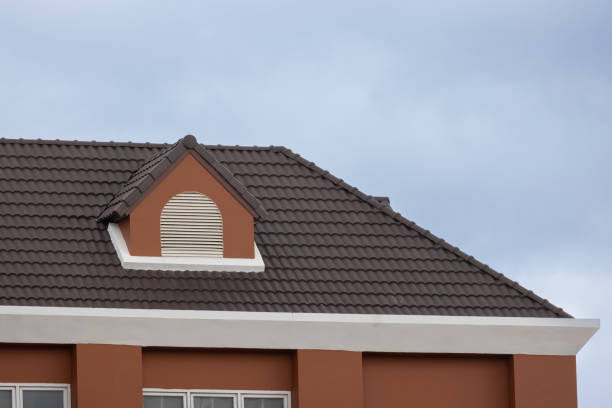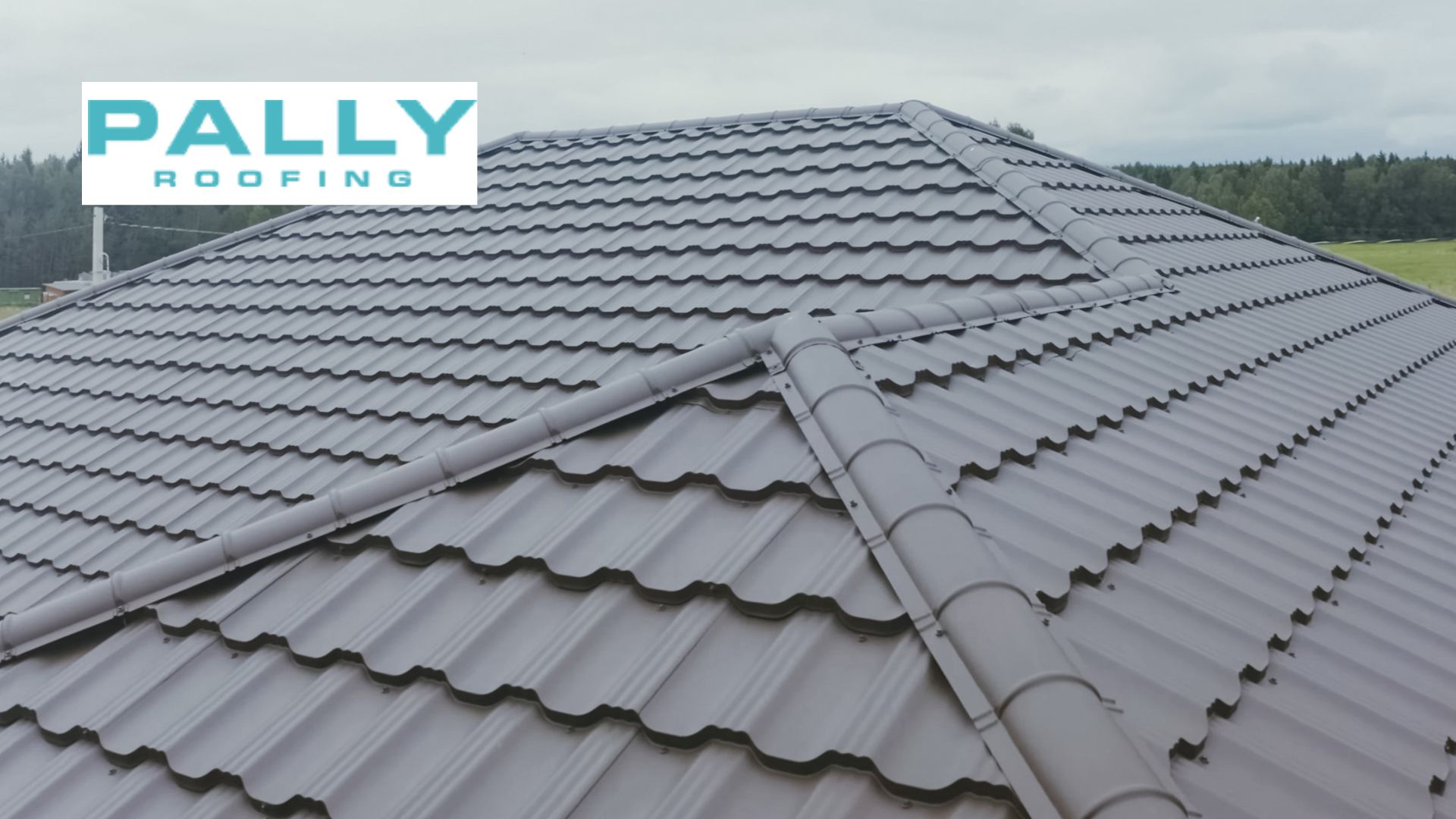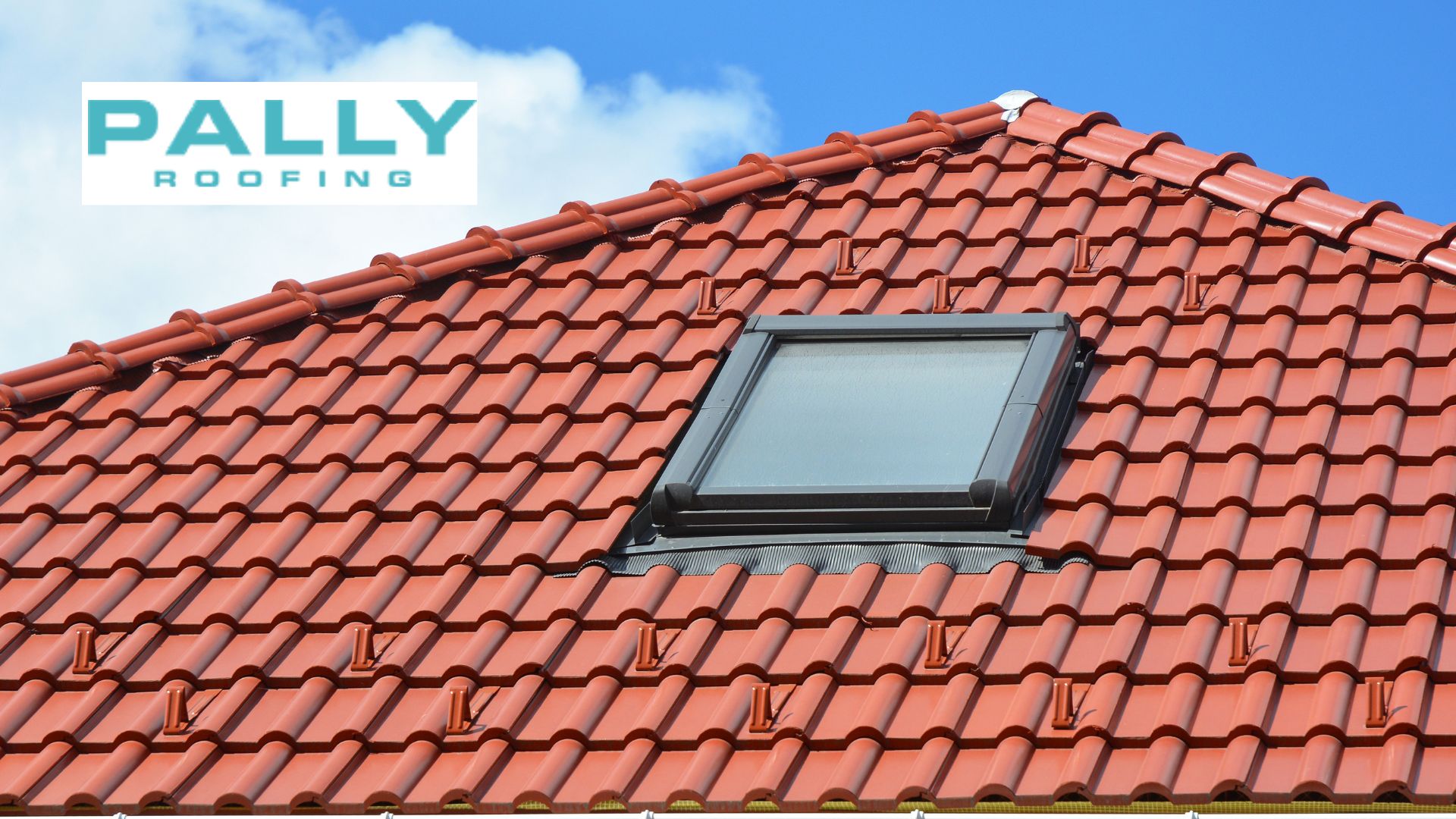Last updated on July 13th, 2024 at 02:34 am
A well-maintained roof is crucial for the protection and longevity of your home. It is the first defense against harsh weather conditions, preventing water damage, mold growth, and structural issues.
Table of Contents
Ignoring a leaking roof can lead to severe consequences, including compromised structural integrity, increased energy bills, and potential health hazards from mold and mildew.
This article will guide you through the essential steps to identify and fix a leaking roof, ensuring your home remains safe and secure. Whether it’s a minor leak or a significant issue, addressing it promptly is critical to avoiding costly repairs.
Steps to Fix a Leaking Roof:
- Replacing Damaged Shingles
- Fixing Cracked Or Damaged Flashing
- Sealing Roof Valleys
- Cleaning And Repairing Gutters
- Repairing Or Replacing Roof Vents
- Skylight Repairs And Resealing
- Preventing And Removing Ice Dams
How to Fix a Leaking Roof?
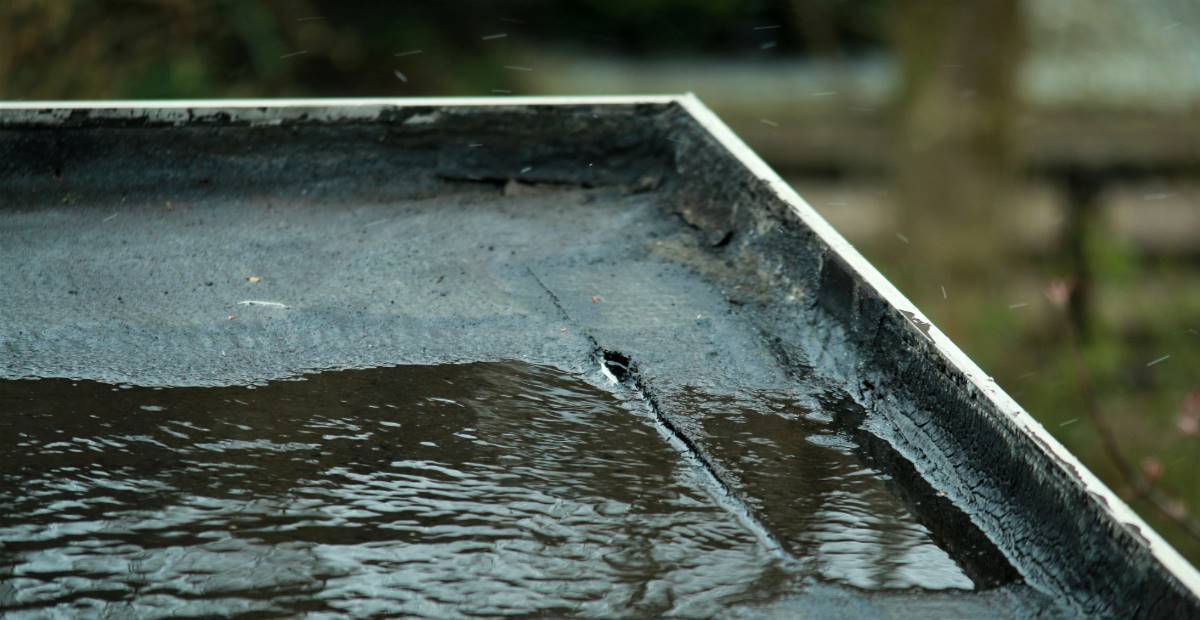
Fixing a leaking roof demands expertise and precision to avoid further damage and costly complications. Consulting a professional roofing company like Pally Roofing ensures the job is done correctly and safely.
Identifying the Source of the Leak
Detecting a roof leak early can prevent extensive damage. Here are some common signs to watch for:
- Water stains on ceilings and walls: Brown or yellowish stains are often a clear leak indicator.
- Dripping sounds: You might hear water dripping inside your home, especially during or after rainfall.
- Musty odors: Persistent dampness can lead to mold and mildew, causing a musty smell.
Tools Needed for Inspection:
- Flashlight
- Ladder
- Binoculars (for roof inspection)
- Chalk or markers (to mark leak points)
Steps to Locate the Leak:
Interior Inspection:
- Check the attic: Look for water stains, mold, or wet insulation.
- Follow the water trail: Trace water stains to their highest point in the attic.
- Mark the leak source: Use chalk or a marker to mark the suspected leak area.
Exterior Inspection:
- Inspect the roof: From the ground, use binoculars to look for damaged shingles, cracked flashing, or debris buildup.
- Check roof penetrations: Examine areas around chimneys, vents, and skylights for gaps or cracks.
- Look at the gutters: Ensure gutters and downspouts are clear and adequately directing water away from the roof.
By accurately identifying the leak’s source, you can take the necessary steps to repair it effectively.
Common Causes of Roof Leaks
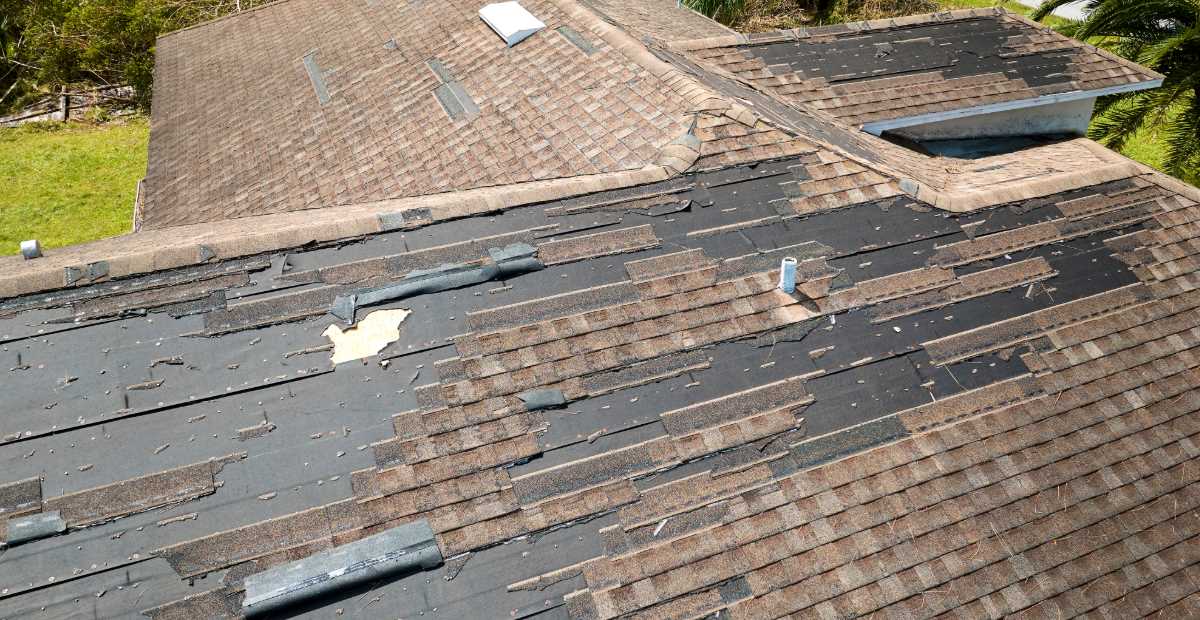
Understanding the common causes of roof leaks can help in diagnosing and fixing them effectively:
- Damaged Shingles: Shingles can crack, curl, or get blown away by strong winds, exposing your roof to the elements.
- Cracked Flashing: Flashing seals the gaps and edges around roof penetrations like chimneys, vents, and skylights. Cracks or loose flashing can allow water to seep in.
- Improperly Sealed Valleys: Valleys where two roof slopes meet are prone to leaks if wrongly sealed. If the valley is compromised, water can pool and penetrate through the roof.
- Clogged Gutters: When leaves, debris, or ice block gutters, water can back up and overflow onto the roof, leading to leaks.
- Roof Vent Issues: Damaged or improperly installed roof vents can create gaps, allowing water to enter the roof structure.
- Skylight Problems: Poor installation, degraded seals, or cracked glass can cause leaks around skylights.
- Ice Dams (in cold climates): Ice dams form when snow melts on the roof and refreezes at the eaves, preventing proper drainage. The trapped water can then seep under shingles and into the roof.
By recognizing these common issues, you can take proactive measures to maintain your roof.
Permanent Repair Solutions
To ensure your roof remains leak-free, consider these permanent repair solutions:
- Replacing Damaged Shingles: Remove the damaged shingle and replace it with a new one. Ensure proper alignment and secure it with roofing nails.
- Fixing Cracked or Damaged Flashing: Remove the old flashing and replace it with new material, sealing it properly with roofing cement or caulk to prevent leaks.
- Sealing Roof Valleys: Apply a layer of roofing cement along the valley, then lay down a valley liner and secure it with nails. Ensure all seams are correctly sealed to prevent water infiltration.
- Cleaning and Repairing Gutters: Clear debris from gutters and downspouts. Repair any cracks or holes and ensure they are securely attached to the roof to facilitate proper water drainage.
- Repairing or Replacing Roof Vents: Remove the damaged vent and install a new one, sealing the edges with roofing cement to prevent water entry.
- Skylight Repairs and Resealing: Check the skylight for cracks or damaged seals. Replace damaged parts and apply a new sealant around the edges to ensure a watertight fit.
- Preventing and Removing Ice Dams: Improve attic insulation and ventilation to prevent snow from melting unevenly. Use a roof rake to remove snow buildup and install heating cables along the eaves to melt ice.
Implementing these permanent repair solutions can protect your home from leaks and extend the lifespan of your roof. For professional help with any of these repairs, trust Pally Roofing. Our experienced team is dedicated to providing top-quality roofing services to keep your home safe and dry.
Preventative Maintenance Tips
Maintaining your roof proactively can prevent leaks and extend its lifespan. Here are vital tips:
- Regular Roof Inspections: Schedule professional roof inspections at least once a year to catch and address potential issues early. Inspect after severe weather events as well.
- Keeping Gutters Clean: Regularly clean gutters and downspouts to ensure proper water drainage. This prevents water buildup that can cause leaks.
- Trimming Overhanging Branches: Trim back branches that hang over your roof to prevent damage from falling limbs and reduce debris accumulation.
- Checking for Signs of Wear and Tear: Periodically check for damaged shingles, cracked flashing, and other signs of wear. Address any minor issues before they become significant problems.
Conclusion
In conclusion, maintaining a leak-free roof is essential for the longevity and safety of your home. You can effectively prevent water damage and costly repairs by identifying common causes of roof leaks, such as damaged shingles and cracked flashing, and implementing permanent repair solutions like replacing damaged components and sealing vulnerable areas.
Don’t delay fixing roof leaks—taking action early can prevent extensive damage and costly repairs. For professional and reliable roofing services, contact Pally Roofing.
Our expert team is here to help with all your roofing needs. Reach out to us today to ensure your roof remains in top condition.
FREQUENTLY ASKED QUESTIONS!
How often should I inspect my roof?
Inspecting your roof at least once a year and after significant storms is recommended.
What should I do if I find a leak?
Immediately take temporary measures to prevent further damage and contact a professional for a permanent fix.
Can I fix a roof leak myself?
Minor repairs can often be handled DIY, but it's best to hire a professional for significant leaks or structural damage.
How can I prevent roof leaks?
Regular maintenance, including inspections, gutter cleaning, and addressing minor issues promptly, can help prevent leaks.
Author
-

With more than 16 years of hands-on experience, Phillip Schmucker is the knowledgeable owner of Pally Roofing. His dedication to superior roofing services has earned him a reputable place in the industry. Phillip also shares his extensive expertise through writing, providing readers with practical tips and professional advice on various roofing topics. Follow him on LinkedIn.
View all posts


